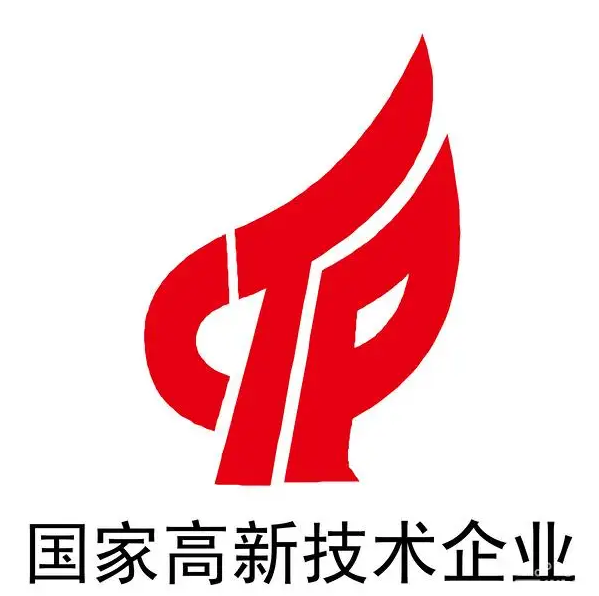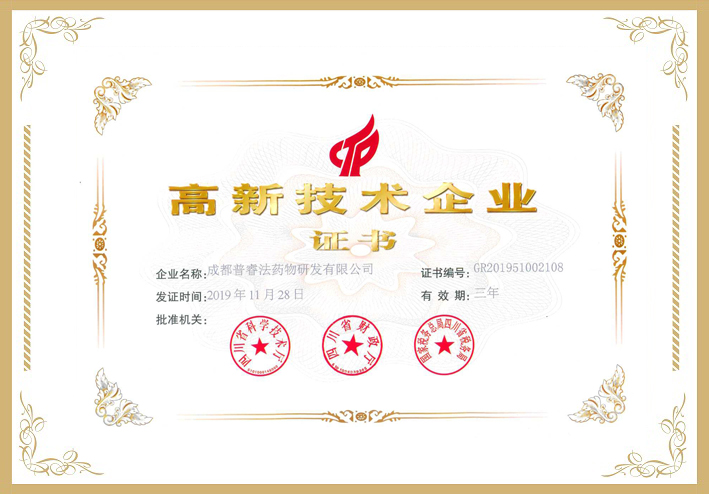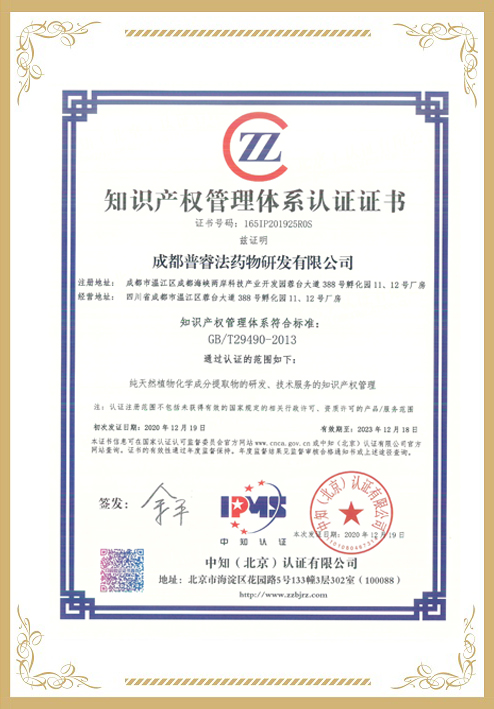在线咨询
联系电话:
销售:
400-829-7929(7*24小时)
028-
82633860
028-
82633397
028-82633165
技术服务和产品定制:
028-82633987
在线服务:
沈帅  文静
文静 
贺丹丹 


文献信息
Comparison of Ferroptosis-Inhibitory Mechanisms between Ferrostatin-1 and Dietary Stilbenes (Piceatannol and Astringin)
AbstractSynthetic arylamines and dietary phytophenolics could inhibit ferroptosis, a recently discovered regulated cell death process. However, no study indicates whether their inhibitory mechanisms are inherently different. Herein, the ferroptosis-inhibitory mechanisms of selected ferrostatin-1 (Fer-1) and two dietary stilbenes (piceatannol and astringin) were compared. Cellular assays suggested that the ferroptosis-inhibitory and electron-transfer potential levels decreased as follows: Fer-1 >> piceatannol > astringin; however, the hydrogen-donating potential had an order different from that observed by the antioxidant experiments and quantum chemistry calculations. Quantum calculations suggested that Fer-1 has a much lower ionization potential than the two stilbenes, and the aromatic N-atoms were surrounded by the largest electron clouds. By comparison, the C4′O-H groups in the two stilbenes exhibited the lowest bond disassociation enthalpies. Finally, the three were found to produce corresponding dimer peaks through ultra-performance liquid chromatography coupled with electrospray ionization quadrupole time-of-flight tandem mass spectrometry analysis. In conclusion, Fer-1 mainly depends on the electron transfer of aromatic N-atoms to construct a redox recycle. However, piceatannol and astringin preferentially donate hydrogen atoms at the 4′-OH position to mediate the conventional antioxidant mechanism that inhibits ferroptosis, and to ultimately form dimers. These results suggest that dietary phytophenols may be safer ferroptosis inhibitors for balancing normal and ferroptotic cells than arylamines with high electron-transfer potential.
Piceatannol (Supplementary Material 3) was purchased from Biopurify Phytochemicals Co., Ltd. (Chengdu, China);























